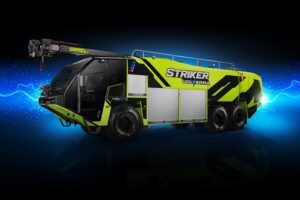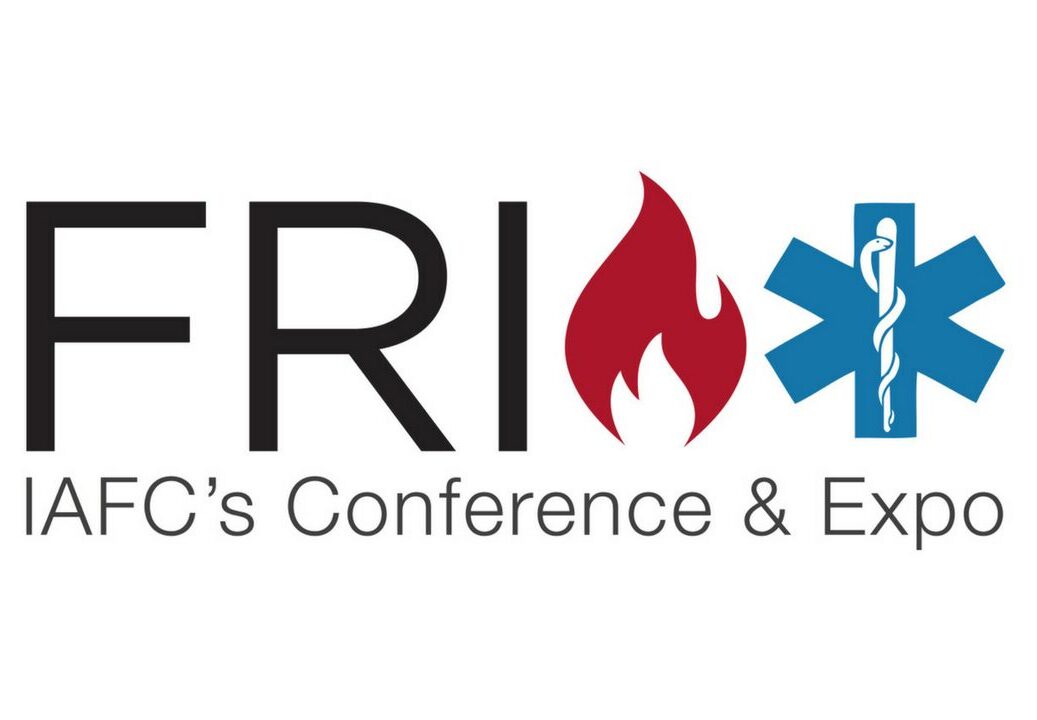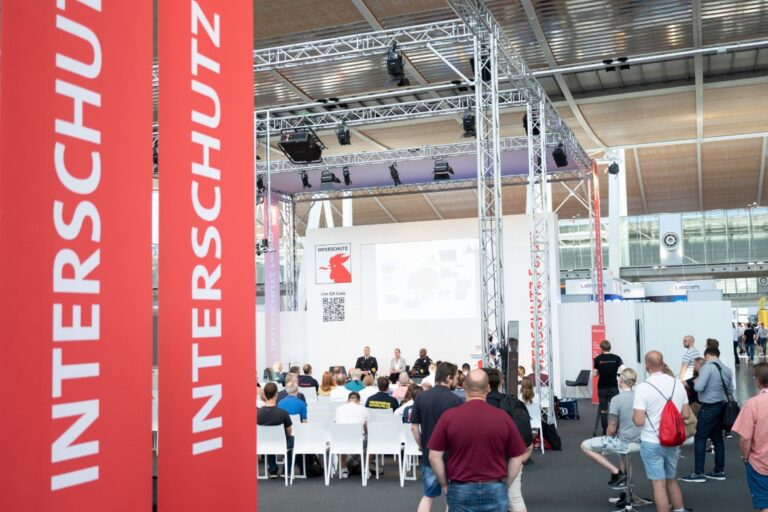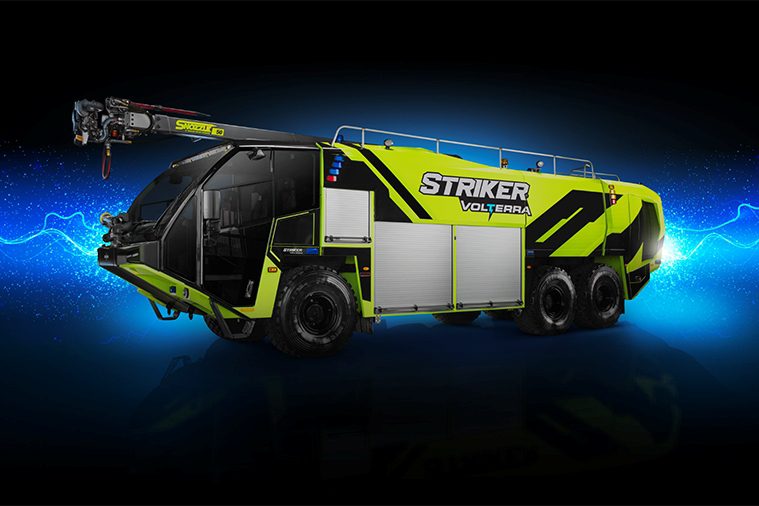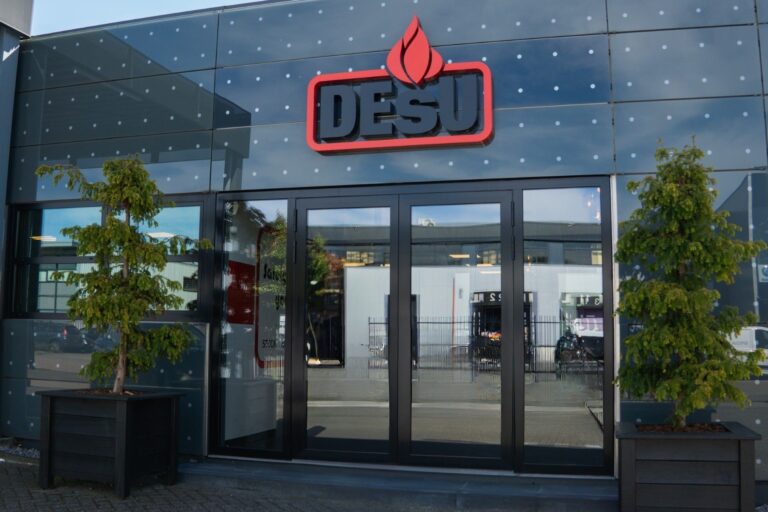Airport fire safety has reached unprecedented levels of effectiveness, with rare occurrences of fire incidents involving both aircraft and ground support equipment (GSE). However, despite stringent mitigation strategies, the potential for significant disruption remains, especially if a fault were to occur due to damage to GSE fuel lines, hydraulic hoses, or overheating.
Most of us have seen first-hand or at least on the television the army of support teams on their GSE equipment who move in on the aircraft upon arriving at the gate. With tight turnaround times and departure slots to be met, it’s vitally important that all aspects of these airplane logistics go as smoothly and quickly as possible, from baggage handling to re-fueling, tugs and catering trucks.
With all this going on at any one time, accidents can and do happen. Even with some of the most stringent of operational safety standards in place, ‘events’ do occur, caused by any number of reasons from human error through to mechanical/electrical failure and genuine accidents.
If a hydraulic hose were to fail unexpectedly you could have a fire burning in a matter of seconds, that has to be firstly noticed then brought under control by members of the team! In the best case scenario, they put the fire out; but in the worst case, the fire takes hold, spreading to other assets such as the aircraft or even the airbridge, eventually putting humans at risk. The costs of such an event can run from a few thousands of £s through to multi-million £ claims, leading to minor business disruption through to complete closure.
By addressing the specific risks associated with GSE operational risks, airports can significantly enhance their overall safety and operations. Is there even a need to take the risk that a minor fire, which could be suppressed, is left to burn? The answer is no, not with state-of-the-art automatic fire suppression systems being readily available, tested and approved from partners like Reacton.
Reacton’s Dual-Agent fire suppression system, designed for enhanced efficiency and compactness, combines Dry Powder and Wet Chemical agents. This innovative approach allows for rapid flame knockdown and cooling, significantly reducing system size by 40% compared to Wet Chemical-only systems. Ideal for off-road vehicles and airport Ground Support Equipment (GSE), the system offers a dual-action fire suppression method that quickly controls and prevents re-ignition of fires, providing a safe, space-saving, and economical solution for complex fire suppression needs in airport operations.
Commitment to Environmental Sustainability
Reflecting a strong commitment to environmental stewardship, Reacton utilizes organic, biodegradable extinguishing agents, minimizing the ecological impact of fire suppression activities. The selection of BC Dry Powder and Fluorine-Free Wet Chemicals exemplifies Reacton’s dedication to offering solutions that are not only effective but also environmentally responsible.
See our last issue here.
Never miss a story… Follow us on:
International Fire Buyer
@Firebuyer
Fire Buyer
Media Contact
Rebecca Spayne Managing Editor, International Fire Buyer
Tel: +44 (0) 1622 823 920
Email: [email protected]




